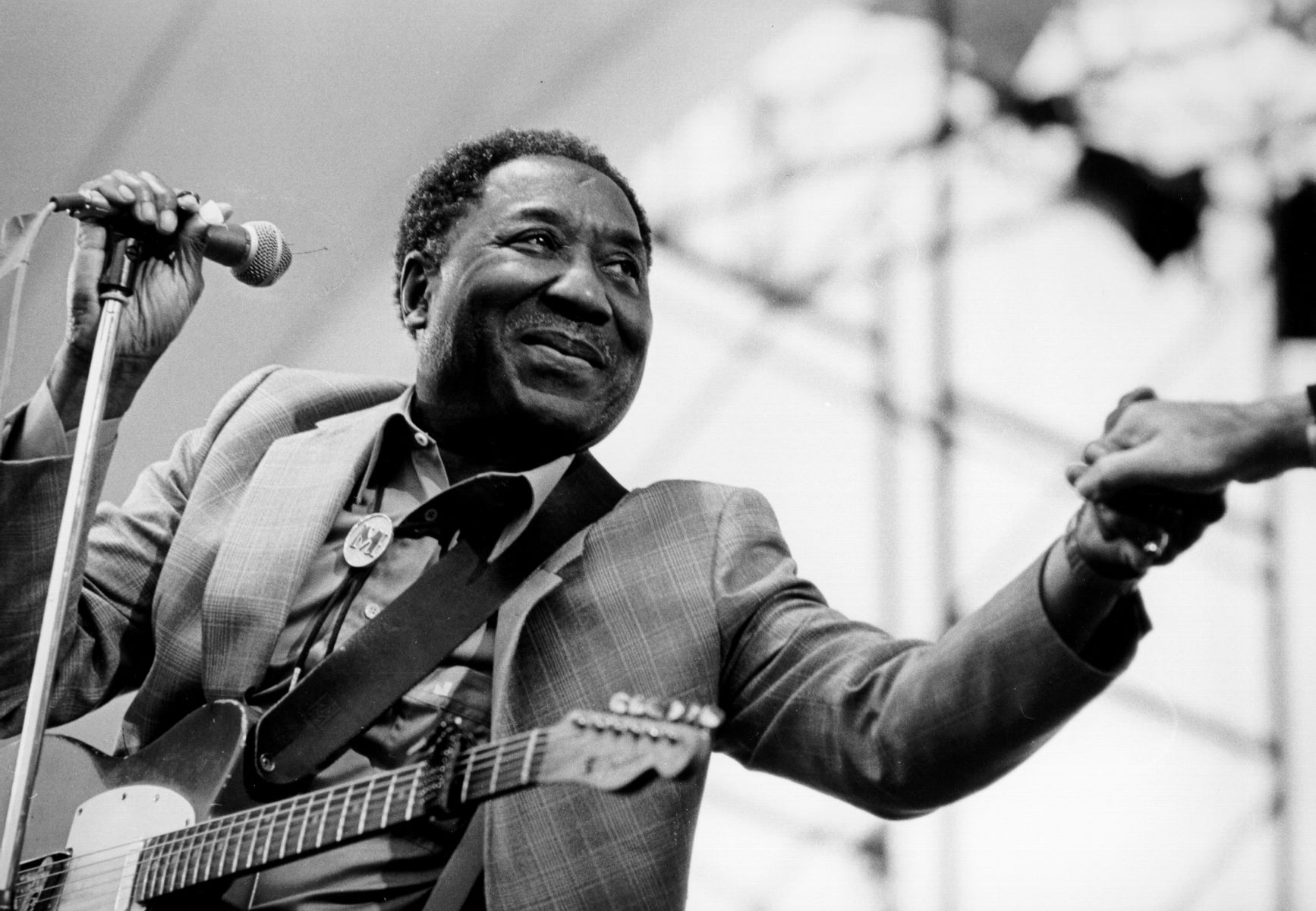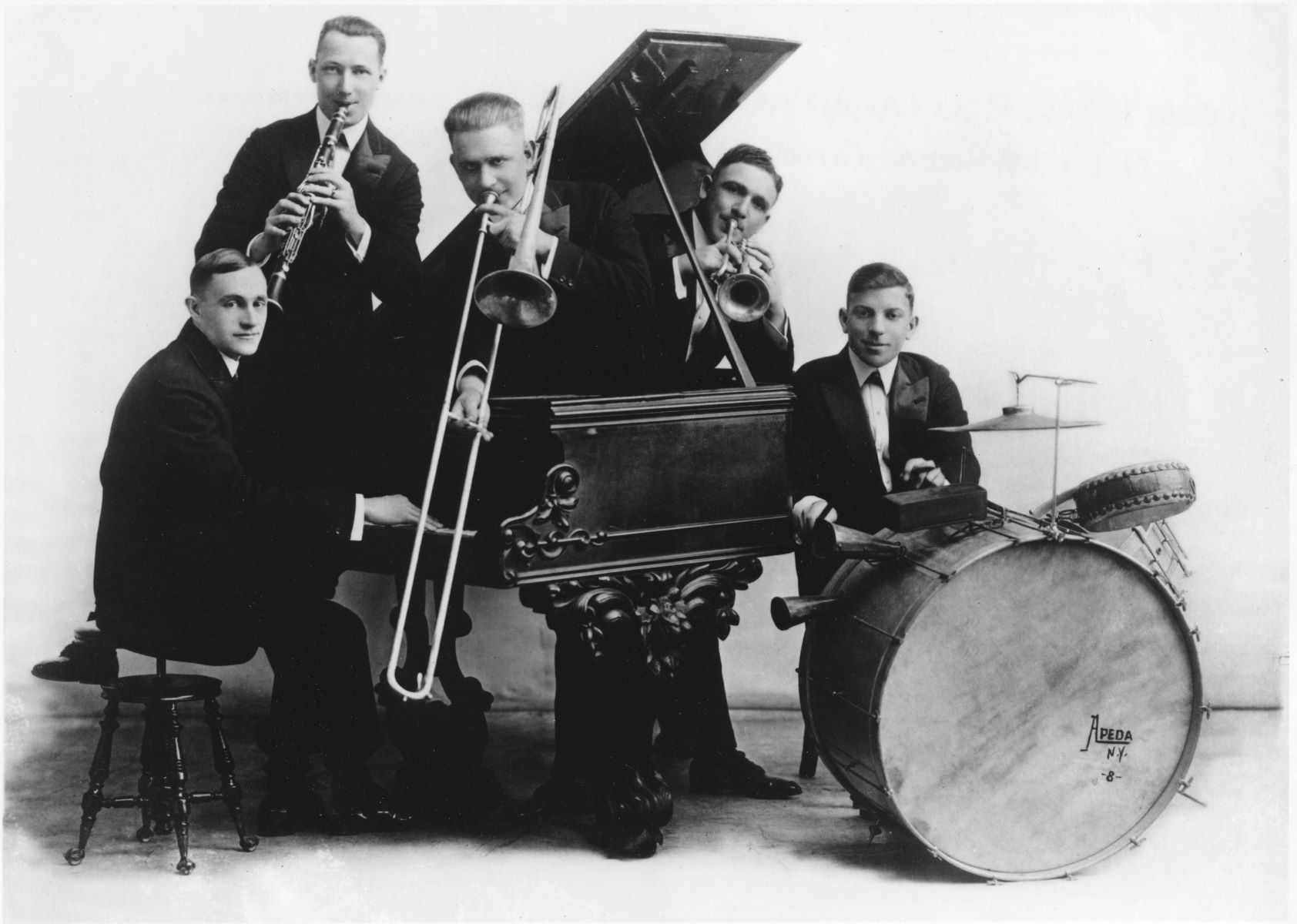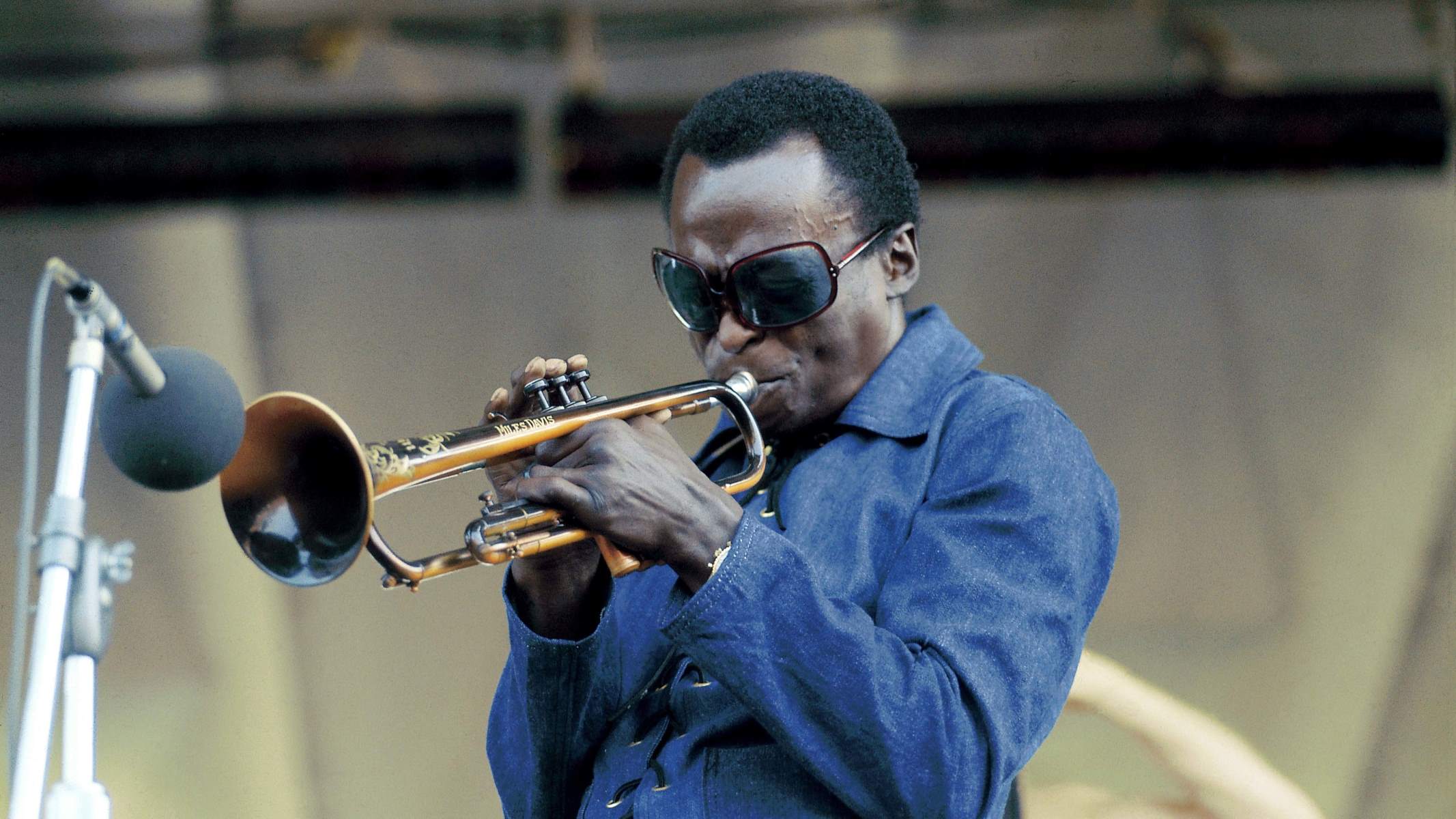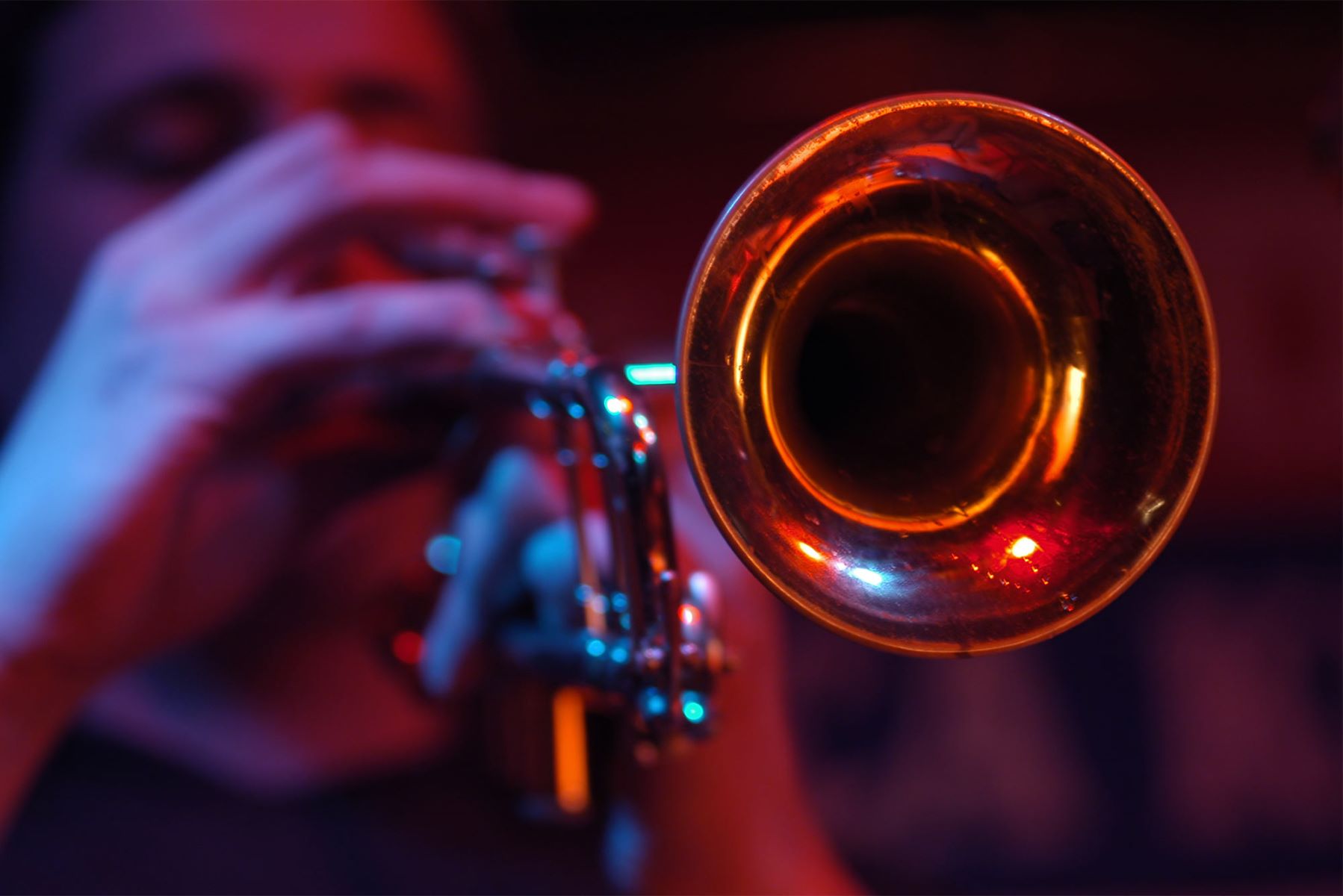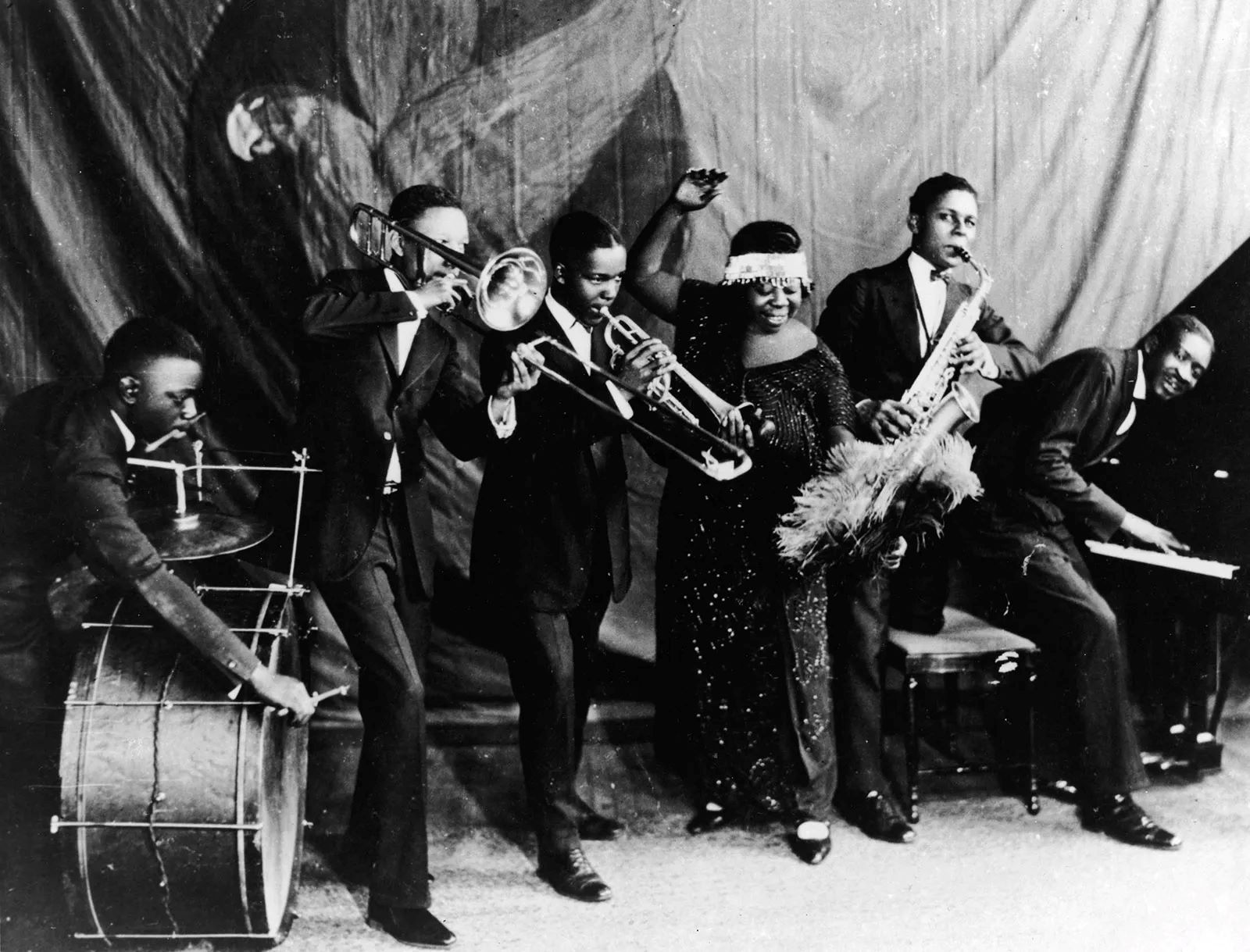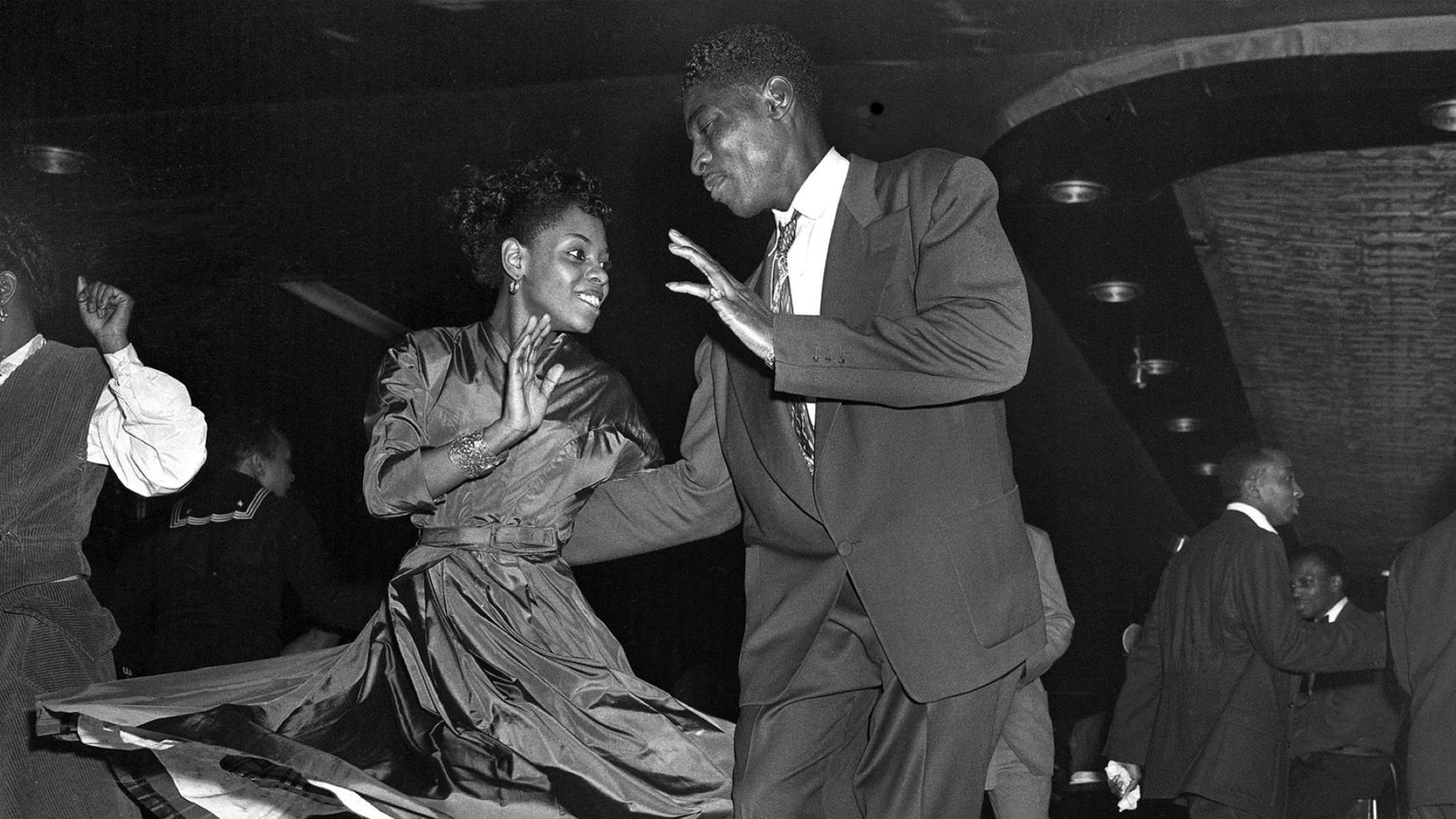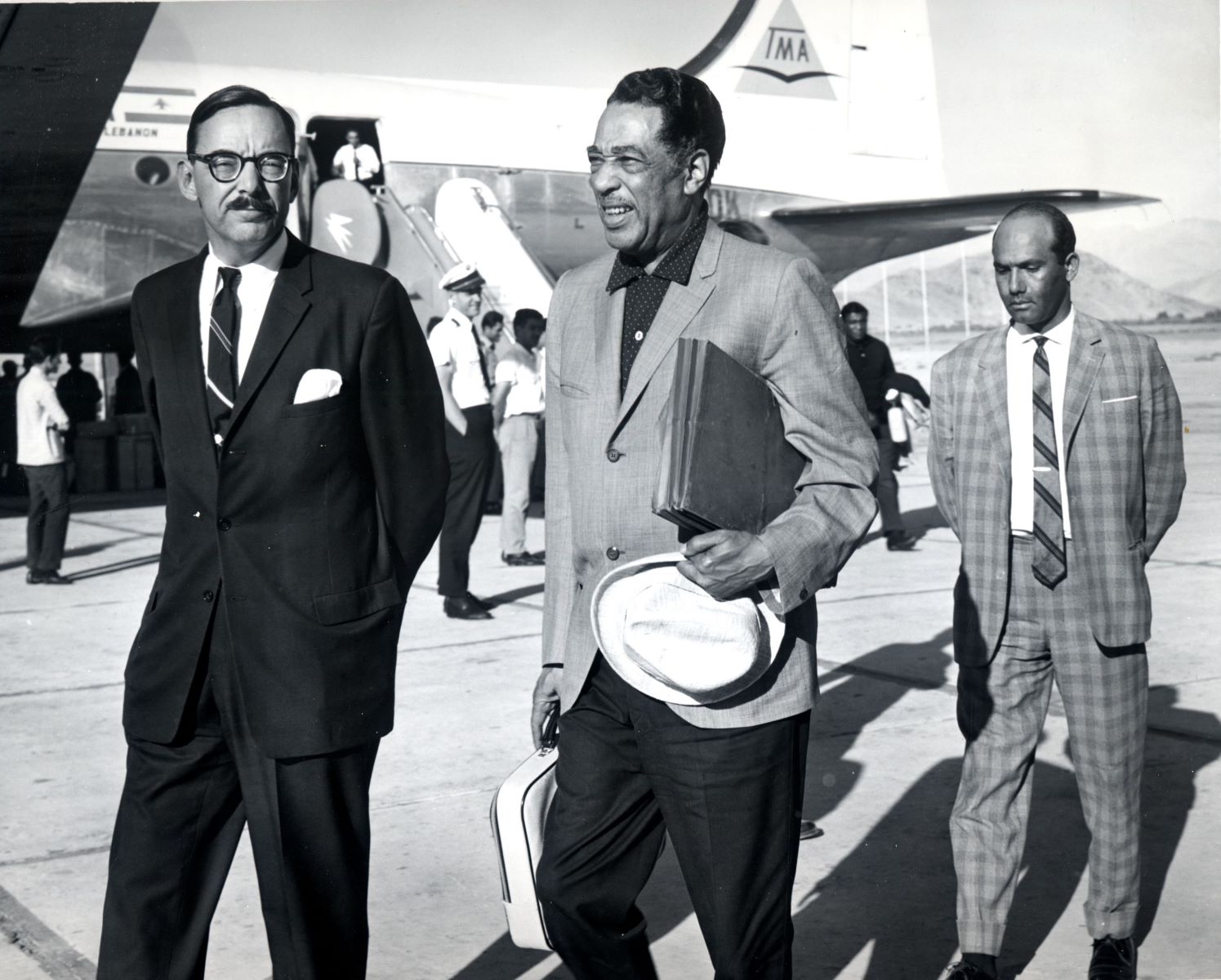

Jazz
What Did Duke Ellington Contribute To Jazz
Modified: February 24, 2024
Discover the lasting impact of Duke Ellington on the world of Jazz. Explore his contributions, innovations, and influence on the evolution of this influential genre.
(Many of the links in this article redirect to a specific reviewed product. Your purchase of these products through affiliate links helps to generate commission for AudioLover.com, at no extra cost. Learn more)
Table of Contents
Introduction
Jazz music, with its rich history and diverse styles, has been shaped by numerous talented individuals. One artist who stands out for his profound influence and groundbreaking contributions is Duke Ellington. Born Edward Kennedy Ellington in 1899, Duke Ellington was a renowned American composer, pianist, and bandleader who became a central figure in the evolution of jazz.
From the early days of ragtime to the vibrant swing era, Ellington’s innovative compositions and unparalleled musical vision revolutionized jazz music. His ability to fuse various musical genres, including blues, gospel, and classical, with the improvisational nature of jazz, resulted in a distinctive sound that became synonymous with his name.
Throughout his illustrious career, Duke Ellington led his orchestra, the Duke Ellington Orchestra, with unmatched charisma and artistic brilliance. Under his guidance, the orchestra became a powerhouse, commanding the attention of audiences worldwide. The Duke Ellington Orchestra showcased the talents of numerous renowned musicians, propelled the careers of rising stars, and delivered unforgettable performances that pushed the boundaries of jazz.
In this article, we will explore the early life and musical education of Duke Ellington, the formation and success of the Duke Ellington Orchestra, his signature style and contributions to jazz, notable collaborations and performances, and the lasting impact he had on jazz music as a whole. Join us as we delve into the remarkable journey of Duke Ellington and uncover the indelible mark he left on the world of jazz.
Early Life and Musical Education
Duke Ellington was born on April 29, 1899, in Washington, D.C. into a musically inclined family. His parents nurtured his musical talents from an early age, and by the time he was seven, Ellington was learning to play the piano. Inspired by his piano lessons and the vibrant music scene in his hometown, he developed a love for music that would shape his entire life.
As a teenager, Ellington began to establish himself as a talented pianist and bandleader. He formed his first group, The Duke’s Serenaders, and started playing gigs at local parties and social events. However, it wasn’t until he moved to New York City in 1923 that his musical career truly took off.
In New York City, Ellington immersed himself in the thriving jazz scene of the Harlem Renaissance. He studied the works of jazz legends such as James P. Johnson and Willie “The Lion” Smith, while also drawing inspiration from classical composers like Debussy and Ravel. This unique blend of influences helped Ellington develop a distinctive style that would set him apart from his contemporaries.
Ellington’s musical education was not limited to formal training. He learned from the musicians he worked with, absorbing their techniques and incorporating them into his own playing. His ability to learn by ear and quickly adapt to different styles became a hallmark of his talent.
Throughout his career, Ellington constantly sought to expand his musical knowledge. He studied orchestration, arrangement, and composition. His commitment to honing his craft and pushing the boundaries of jazz resulted in an expansive body of work that demonstrated his mastery of various musical techniques.
With his solid foundation in music and relentless pursuit of artistic growth, Duke Ellington was well-prepared to embark on his journey as one of the most influential figures in jazz history. His early experiences and musical education laid the groundwork for the groundbreaking compositions and innovative style that would define his career.
Formation of the Duke Ellington Orchestra
One of the defining moments in Duke Ellington’s career was the formation of the Duke Ellington Orchestra, which would become a driving force in the world of jazz. The orchestra was established in 1923, shortly after Ellington arrived in New York City.
Initially known as the Washingtonians, the group consisted of talented musicians that Ellington had met while playing in Washington, D.C. Together, they made their mark on the Harlem music scene, captivating audiences with their unique sound and dynamic performances.
Under Ellington’s leadership, the Washingtonians quickly gained recognition and a loyal following. However, the name change to the Duke Ellington Orchestra in 1927 reflected the growing confidence and individuality of the group.
One of the key factors that set the Duke Ellington Orchestra apart from other jazz ensembles of the time was Ellington’s approach to composing and arranging. Unlike many bandleaders who relied heavily on written arrangements, Ellington allowed his musicians the freedom to improvise and express their individuality within the framework of his compositions.
This approach, known as “controlled freedom,” gave the Duke Ellington Orchestra its unique sound and ensured that no two performances were ever the same. The musicians were encouraged to add their own personal touches and showcase their improvisational skills, resulting in a dynamic and engaging live experience.
Another aspect that distinguished the Duke Ellington Orchestra was its diverse repertoire of compositions. Ellington drew inspiration from a wide range of musical genres, infusing his jazz compositions with elements of blues, gospel, Latin, and even classical music.
Through his compositions, Ellington explored complex harmonies, innovative arrangements, and unconventional instrumentation. He utilized instruments such as the clarinet, trombone, and saxophone in new and imaginative ways, creating a multifaceted and richly layered sound.
The Duke Ellington Orchestra’s rise to fame was bolstered by the innovative recording techniques of the time. With the advent of the microphone and the recording studio, Ellington took full advantage of the medium to capture the essence of his music. His complex arrangements and intricate musical details were faithfully reproduced, allowing listeners around the world to experience the magic of the Duke Ellington Orchestra.
The formation of the Duke Ellington Orchestra marked a pivotal moment not only in Ellington’s career but also in the evolution of jazz music. His groundbreaking approach to composition and performance set new standards for jazz musicians of the time and laid the foundation for future generations of jazz artists to explore and innovate.
Signature Style and Contributions to Jazz
Duke Ellington’s impact on jazz can be attributed to his signature style and groundbreaking contributions. Known for his innovative approach to composition and arrangement, Ellington created a distinct sound that pushed the boundaries of jazz music.
One of the defining characteristics of Ellington’s music was his ability to blend different musical genres seamlessly. He incorporated elements of blues, gospel, classical, and Latin music into his compositions, resulting in a rich and diverse sound palette. This fusion of styles gave his music a unique flavor and made it instantly recognizable.
Ellington’s compositions often featured complex harmonies and intricate arrangements. He explored unconventional chord progressions and employed chromaticism, producing a sophisticated and avant-garde sound that was ahead of its time.
Perhaps one of Ellington’s greatest contributions to jazz was his focus on showcasing the individual talents of his band members. He allowed his musicians the freedom to express themselves through improvised solos, creating a dynamic and interactive experience for both the performers and the audience.
Ellington’s compositions were carefully tailored to highlight the unique strengths of each musician in his orchestra. From the virtuosic trumpet solos of Cootie Williams to the silky smooth saxophone melodies of Johnny Hodges, every member of the Duke Ellington Orchestra had the opportunity to shine.
In addition to his musical innovations, Ellington was also a pioneer in the realm of extended compositions. He created lengthy suites that told stories and evoked vivid imagery through music. Works such as “Black, Brown, and Beige” and “Such Sweet Thunder” showcased Ellington’s storytelling abilities and demonstrated his mastery of the long-form composition.
Ellington’s impact extended beyond his own performances and compositions. He believed in nurturing and supporting young talent, and many future jazz luminaries, including Billy Strayhorn and Ben Webster, got their start in the Duke Ellington Orchestra. His mentorship and guidance helped shape the careers of countless musicians and ensured the continued growth of jazz as an art form.
Furthermore, Ellington actively fought against racial discrimination in the music industry, often using his influence to advocate for equal treatment and fair pay for African American musicians. His efforts helped pave the way for future generations of artists to access opportunities and recognition regardless of their racial background.
Overall, Duke Ellington’s signature style, innovative compositions, and commitment to nurturing talent have made an indelible mark on the world of jazz. His unique sound and groundbreaking contributions continue to inspire and influence musicians to this day, solidifying his status as one of the most important figures in jazz history.
Collaborations and Notable Performances
In addition to his own musical accomplishments, Duke Ellington was also known for his collaborations with other legendary artists and his unforgettable performances that captivated audiences worldwide.
One of the most significant collaborations in Ellington’s career was with composer and arranger Billy Strayhorn. Strayhorn joined the Duke Ellington Orchestra as a pianist and quickly became an integral part of the group. Together, they created some of the most iconic jazz compositions, including “Take the A Train” and “Lush Life.” Strayhorn’s influence can be heard in the intricate harmonies and sophisticated arrangements that became synonymous with the Duke Ellington sound.
Ellington’s collaborations extended beyond the jazz world. He worked with notable classical musicians such as conductor Leonard Bernstein and pianist André Previn, bridging the gap between jazz and classical music. These collaborations resulted in astonishing performances and recordings that showcased the versatility and innovation of Ellington’s music.
One of the most memorable performances in Duke Ellington’s career was his debut at the Carnegie Hall in 1943. This concert, dubbed the “Black, Brown, and Beige” concert, featured an extended composition of the same name which explored the African American experience throughout history. The performance was groundbreaking as it marked the first time a jazz musician was given the opportunity to present an extended work at the prestigious venue.
Ellington’s performances were marked by a magnetic stage presence and an unrivaled charisma. He was known for his energetic and engaging live shows, captivating audiences with his virtuosic piano playing and his ability to connect with the crowd. Whether performing in intimate jazz clubs or grand concert halls, Ellington’s performances left a lasting impression.
Another iconic moment in Ellington’s career was his appearance at the Newport Jazz Festival in 1956. The performance, famously known as the “Ellington at Newport” concert, rejuvenated his career and introduced a new generation to his music. The highlight of the show was the lively and exuberant rendition of “Diminuendo and Crescendo in Blue,” featuring an electrifying solo by tenor saxophonist Paul Gonsalves. The performance and the subsequent recording became a landmark moment in jazz history, showcasing the power and excitement of Ellington’s music.
Throughout his career, Duke Ellington continued to collaborate with and inspire countless musicians. His influence can be heard in the work of artists such as Count Basie, Charles Mingus, and Herbie Hancock, among many others.
Ellington’s collaborations and notable performances not only showcased his exceptional talent but also highlighted his ability to push the boundaries of jazz music. His innovative spirit, combined with his penchant for captivating live shows, solidified his legacy as an unparalleled jazz icon.
The Impact of Duke Ellington on Jazz Music
Duke Ellington made an indelible impact on jazz music, shaping the genre and influencing generations of musicians. His innovative compositions, unique style, and unwavering commitment to musical excellence forever changed the landscape of jazz.
One of the key aspects of Ellington’s impact was his ability to bridge the gap between popular and art music. He brought a level of sophistication and complexity to jazz that elevated it from mere entertainment to a respected art form. His compositions, often complex in structure and harmonies, challenged the traditional notions of jazz and expanded its boundaries.
Ellington’s compositions and arrangements showcased a level of musicality and creativity that was unmatched during his time. His use of distinctive melodies, rich harmonies, and innovative orchestrations set him apart from his contemporaries. His music became a vehicle for self-expression and storytelling, transcending the limitations of genre and captivating audiences with its emotional depth and evocative imagery.
Furthermore, Ellington’s focus on individuality within his orchestra revolutionized the concept of the big band ensemble. His compositions allowed for improvisation and highlighted the talents of his band members, granting them opportunities to shine as individual performers. This approach influenced the evolution of jazz, solidifying the importance of individual expression and improvisation within the genre.
Another aspect of Ellington’s impact was his dedication to musical collaboration. He actively sought out partnerships with other musicians, both within and outside the realm of jazz. Collaborations with artists such as Billy Strayhorn and classical conductor Leonard Bernstein resulted in groundbreaking compositions and performances that pushed the boundaries of jazz and expanded its reach.
Ellington’s impact on jazz extended beyond his music. He was a trailblazer in advocating for racial equality and fair treatment of African American musicians in the music industry. His success, influence, and refusal to compromise his artistic vision served as an inspiration for future generations, showing that talent and integrity could break down barriers and pave the way for change.
The legacy of Duke Ellington can still be felt in contemporary jazz music. His compositions continue to be studied and performed, and his fearless approach to creativity and innovation serves as a guiding light for aspiring musicians. His influence reaches far and wide, with his compositions being sampled and reimagined in various genres beyond jazz.
Duke Ellington’s impact on jazz music is immeasurable. His contributions, both in terms of composition and leadership, shaped the genre and transformed it into a respected art form. His relentless pursuit of musical excellence and his unwavering commitment to his craft have left an enduring imprint on jazz and continue to inspire musicians and audiences alike.
Conclusion
Duke Ellington, with his unparalleled musicality and visionary approach to jazz, forever changed the landscape of the genre. From his innovative compositions and unique style to his groundbreaking collaborations and unforgettable performances, Ellington left an indelible mark on jazz music.
His ability to seamlessly blend various musical genres and incorporate diverse influences set him apart from his contemporaries, creating a signature sound that was both distinctive and captivating. Ellington’s compositions, characterized by complex harmonies and intricate arrangements, pushed the boundaries of jazz and elevated it to the realm of art.
One of his greatest contributions was his focus on highlighting the individual talents of his band members. Through his arrangements and his belief in the power of improvisation, Ellington allowed his musicians to showcase their abilities and express their unique artistic voices. This approach influenced the evolution of jazz and emphasized the importance of individual expression within the genre.
Ellington’s collaborations with other legendary musicians, including Billy Strayhorn and classical conductor Leonard Bernstein, further demonstrated his innovative spirit and willingness to explore new musical horizons. These partnerships resulted in groundbreaking compositions and performances that pushed the boundaries of jazz and expanded its reach.
A trailblazer in the fight for racial equality, Ellington defied societal barriers and advocated for fair treatment and recognition of African American musicians. His success and influence served as an inspiration for future generations, inspiring them to pursue their artistic passions unapologetically.
The impact of Duke Ellington on jazz music is immeasurable. His innovations, his musicality, and his commitment to excellence have solidified him as one of the most important figures in the history of jazz. His legacy lives on through his compositions, which continue to be studied and performed, and his influence can be felt in the work of countless musicians who have been inspired by his creativity and fearlessness.
Duke Ellington’s contributions have not only shaped jazz music, but they have also influenced the wider musical landscape. His ability to bridge genres, create critically acclaimed works, and elevate jazz to the realm of art has ensured his place as a true visionary and an enduring icon in music history.

